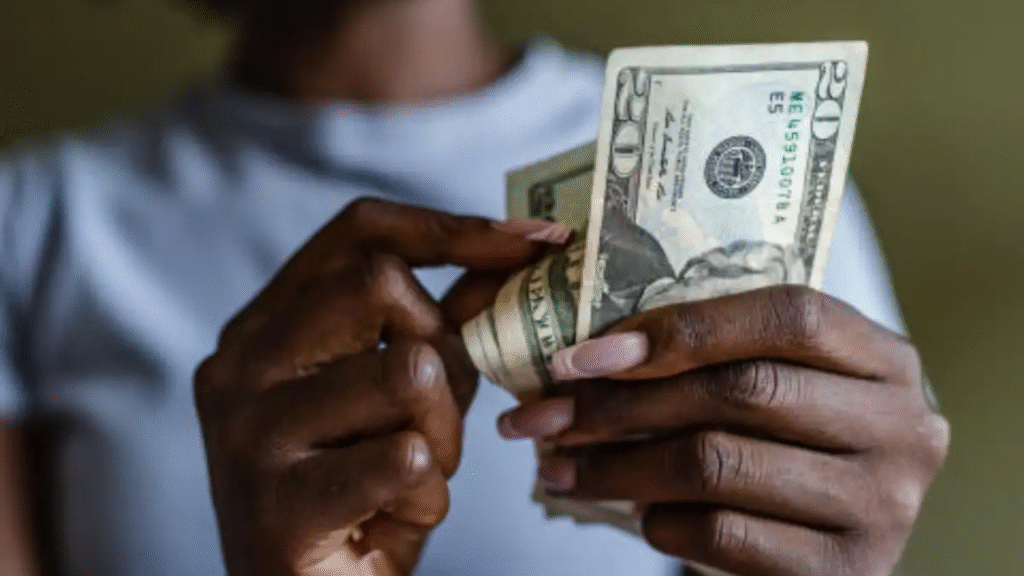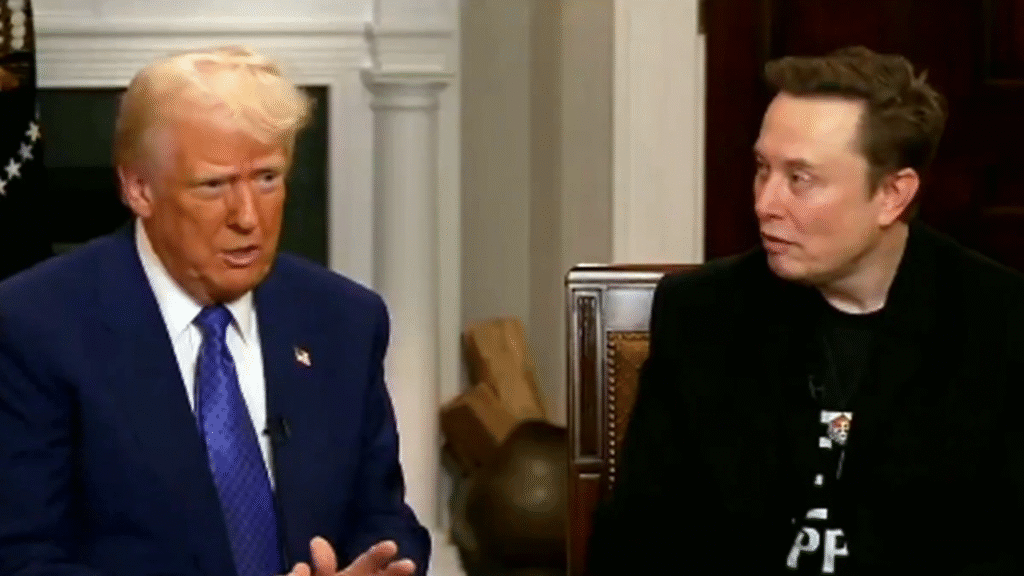A proposed $5,000 stimulus check tied to the Department of Government Efficiency (DOGE) has sparked national interest, but new reports show that nearly half of Americans would not qualify under the current eligibility guidelines.
Backed by tech billionaire Elon Musk and supported by former President Donald Trump’s administration, the “DOGE Dividend” is a financial incentive tied to federal savings. While the promise of a $5,000 check sounds appealing, the plan’s limitations are becoming clearer and the fine print may leave out millions.
What Is the DOGE Stimulus?
The DOGE initiative was launched in 2024 with a goal to slash $2 trillion in federal spending over time. Led by Musk, the program aimed to identify inefficiencies and make deep budgetary cuts across government agencies. As part of the proposal, 20% of the projected savings would be redistributed directly to taxpayers in the form of what’s being called the “DOGE Dividend.”
If the full savings goal were reached, the dividend could amount to $400 billion. Divided among qualifying American households, that would be approximately $5,000 each.
The idea was introduced by financial strategist James Fishback and quickly gained traction in conservative circles as a way to give taxpayers a return on government belt-tightening.

Who Qualifies—and Who Doesn’t?
Eligibility hinges on one key term: “net federal income taxpayer.” This means individuals or households must pay more in federal income taxes than they receive in tax credits, deductions, or federal benefits.
According to experts, that disqualifies many low-income households particularly those making under $40,000 per year because they often receive more in credits than they pay in income taxes.
A recent analysis by Business Insider estimates that only 79 million households would qualify for the DOGE check, roughly half of U.S. households.
Is the $5,000 Check Realistic?
While the check is theoretically possible, DOGE has yet to meet its savings target. So far, the program has reported savings of around $115 billion just 5.75% of its $2 trillion goal. If these savings were distributed today, each qualifying household would receive only around $142.
Supporters argue that DOGE is still in its early stages, and larger savings could be achieved with more aggressive reforms. However, critics say the initial results are underwhelming, and skepticism in Congress is growing.
Political and Economic Concerns
For the DOGE Dividend to become a reality, it must gain approval from Congress an uphill battle given the country’s current economic outlook and partisan gridlock.
The national debt currently exceeds $36 trillion, and some lawmakers worry that returning billions to taxpayers even from savings—could increase inflation or strain future budgets. There are also legal questions about how the dividend would be implemented and whether it sets a precedent for similar programs.
Economists are divided. Some believe the dividend could act as a form of targeted economic stimulus, benefiting middle- and upper-income earners. Others worry it could widen inequality by excluding the poorest Americans, who often need support the most.
Elon Musk Steps Back
Elon Musk, once a highly visible face of DOGE, has recently signaled he will reduce his involvement in the initiative. Speaking at a press event in late April, Musk said the project had “not been as effective as [he] would like” and that he would shift his focus back to his companies, including SpaceX and Tesla.
Without Musk’s presence and energy, some experts fear the DOGE initiative may lose momentum. A leadership transition is expected later this year.
What’s Next?
Despite its challenges, the DOGE Dividend remains a hot topic in political and economic circles. Advocates see it as a bold experiment in fiscal accountability. Critics call it a gimmick that lacks transparency and excludes vulnerable Americans.
While no official legislation has been introduced yet, Republican lawmakers are expected to push a proposal later this summer. Until then, millions of Americans may remain hopeful but uncertain about whether they will ever see a $5,000 check.
Resources for More Information
For readers who want to stay informed or check their eligibility status when (and if) the program launches:
- Internal Revenue Service (IRS) – for understanding federal tax contributions
- Congress.gov – for tracking upcoming legislation on the DOGE Dividend
Conclusion
The $5,000 DOGE stimulus check is an ambitious idea, but with limited savings, political hurdles, and strict eligibility rules, it’s unlikely to benefit most Americans anytime soon. For now, the proposal remains more promise than reality.
For now, Americans should view the DOGE Dividend as an idea in development—one that may or may not deliver on its ambitious goals.









